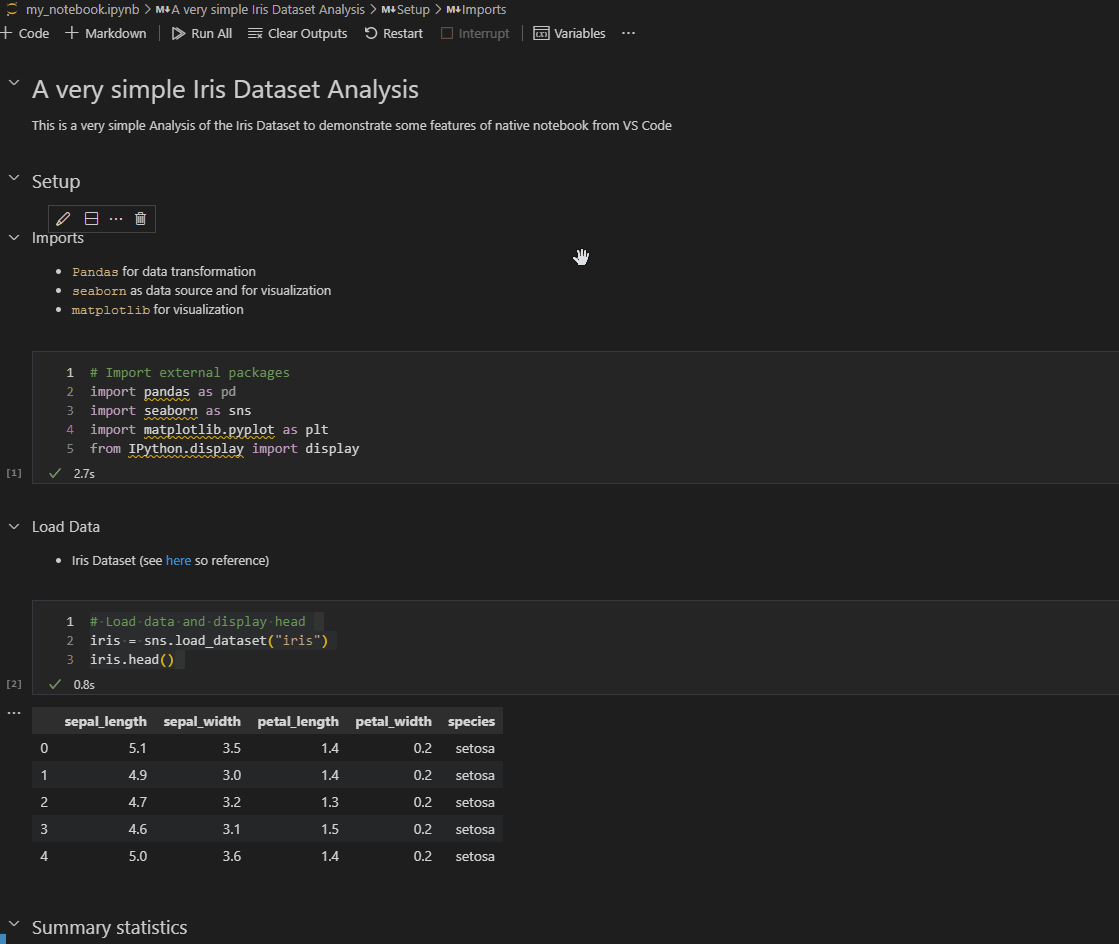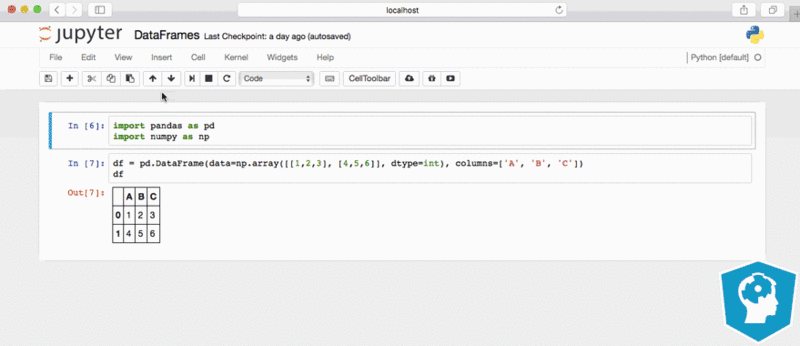

The first command installs Jupyter notebook in your system. It is important to have Jupyter notebook installed before installing Jupyter Lab.

#The notebook script lab install#
If you are not using anaconda and have installed python separately, you can install it using Pip install jupyter If not you can install it using the command:- conda install - c conda - forge jupyterlab If you are using anaconda then most probably jupyter lab is already there. Installing jupyter lab is very easy and might depend on how you have installed python.
#The notebook script lab how to#
In this post, I will discuss how to install and configure it on windows so that it is more convenient to use.
#The notebook script lab code#
Jupyter lab has removed these shortcomings and has added new useful features such as running code blocks from text files, edit and view popular data files, rearrange cells by dragging them etc. but it was lagging in creating and running scripts or code from text files(.py. Notebook cell-based structure was very convenient for doing data exploration, model building etc. It has become one of the most preferred ways to code in data science field and academia. (conda) Constructor to bundle JupyterLab Desktop Server into the stand-alone application.Jupyter lab is an interactive development environment and the way forward for people using Jupyter notebook. You can install conda as part of a Miniforge installer. You can change the configuration path by specifying JLAB_DESKTOP_CONFIG_DIR environment variable.įor instructions on how to copy the settings from previous JupyterLab installation please see the user guide. This is necessary to prevent a clash between the Desktop and any previous Jupyter installation. Normally be shared between Jupyter installations. This includes jupyter-server settings, jupyterlab settings and workspaces, and any other configuration which would Ignoring any other Jupyter configuration which may be present in standard Jupyter paths as defined by jupyter -paths. ~/Library/Application\ Support/jupyterlab-desktop on macOS.




 0 kommentar(er)
0 kommentar(er)
